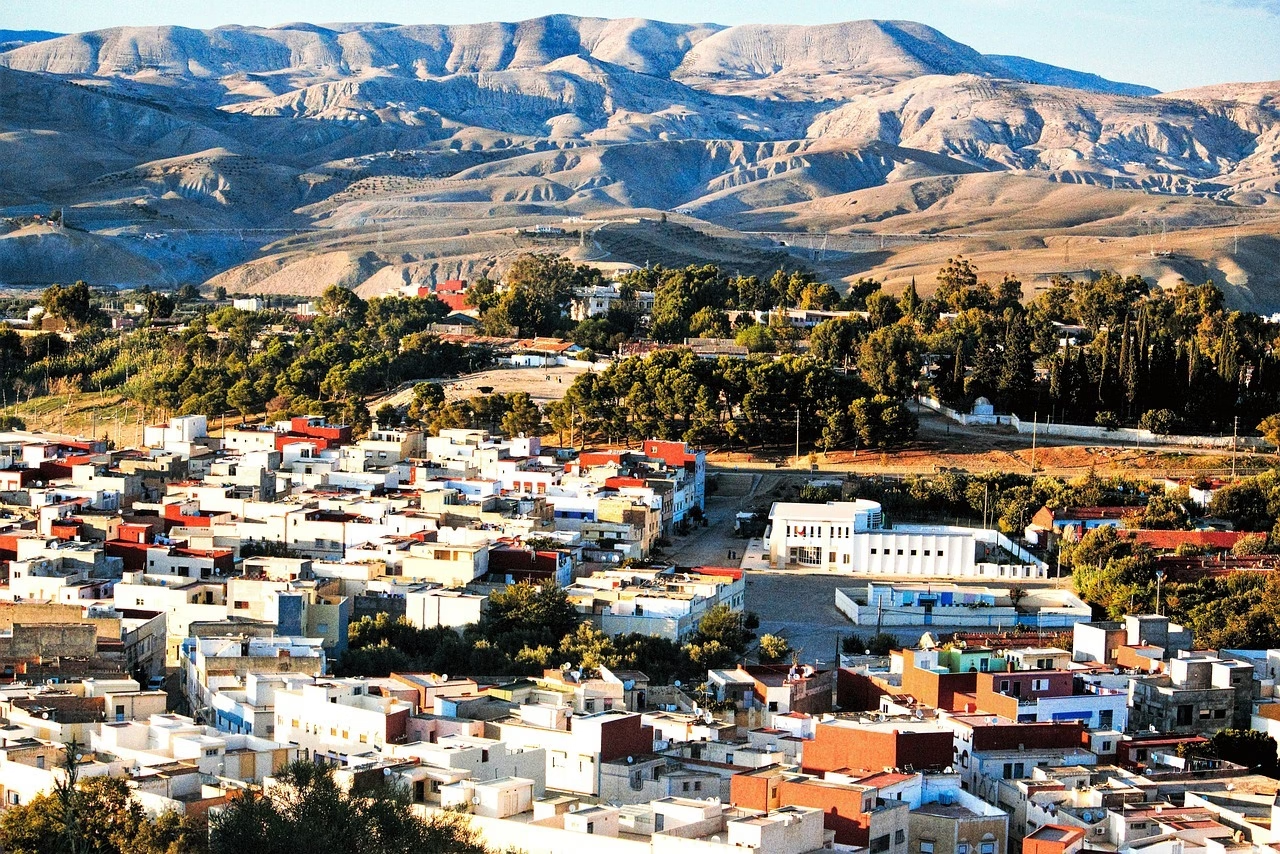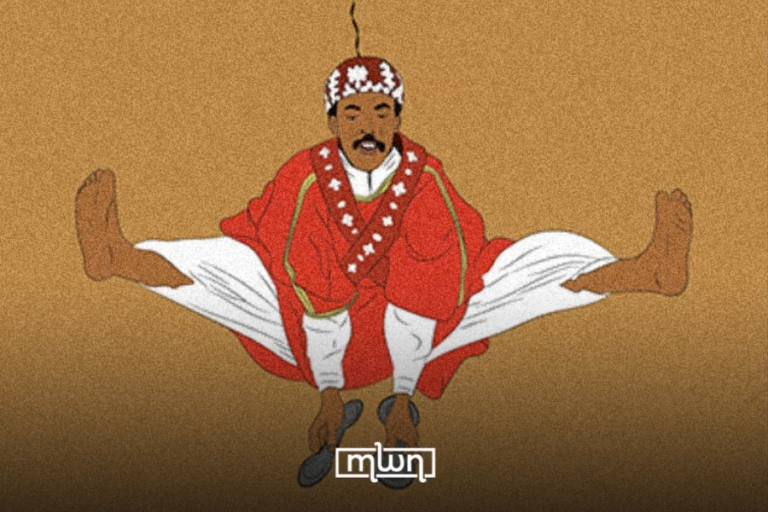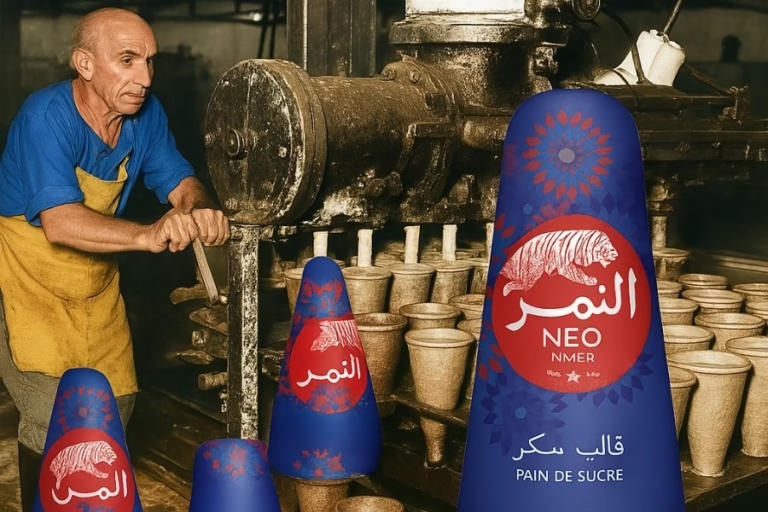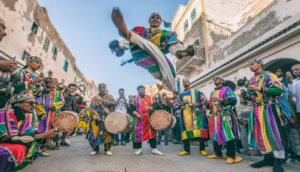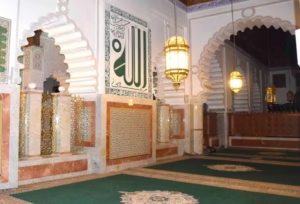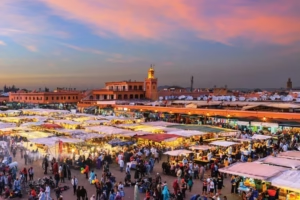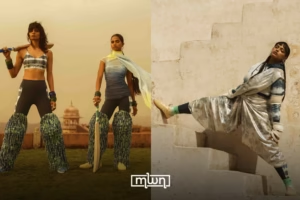Hidden between mountain ranges, Taza is the gateway to Morocco’s untold history.
Fez– Hidden in the folds of Morocco’s dramatic landscapes lies Taza, a city often overlooked but historically indispensable.
Dubbed “the gateway to Morocco” by historians and likened to a precious diamond by renowned Moroccan historian Abdlhadi Tazi, this ancient stronghold has been a linchpin in shaping the country’s past.
Yet, despite its significance, Taza has slipped into the shadows of history, waiting for its rightful recognition.
Taza’s strategic position is nothing short of extraordinary. Nestled between the Middle Atlas and the Rif Mountains, it serves as a natural bridge connecting the east to the west of Morocco.
This prime location has made it a crucial military and trade passage for centuries.
Evidence of human settlement in the region dates back to the Stone Age, reinforcing its status as one of the oldest continuously inhabited cities in the world.
However, with time, the city fell into relative obscurity, earning the melancholic label of a “forgotten” gem.
Today, Taza consists of two distinct parts: the Upper Town (Taza Olia) and the Lower Town (Taza Soufla), connected by a steep, stepped incline crowned with the historic Bab Er-Rih gate.
Its topography and location have made it a coveted stronghold for empires and dynasties, ensuring its walls have witnessed the ebb and flow of power across the ages.
A military and political nexus
Taza was more than just a passageway, it was a prize. The city’s control meant dominance over the movement of armies and caravans, giving its rulers strategic leverage.
Historical accounts confirm Taza’s-long standing military significance, with dynasties such as the Almohads, the Marinids, and later the Alaouites fortifying it against invaders.
Even as late as the early 20th century, Taza remained a fortress of resistance.
It was among the last Moroccan cities to fall under French occupation in 1914, a testament to its unyielding spirit and formidable defenses.
Beyond its military prowess, Taza is a cultural and architectural treasure trove. The city’s historic core is a living museum, filled with ancient walls, mosques, and medersas (Islamic schools).
The Marinids, in particular, lavished attention on Taza, treating it almost as an extension of their capital, Fez.
They built schools, baths, and fortifications, solidifying the city’s intellectual and strategic importance.
One of Taza’s most mesmerizing landmarks is its Great Mosque, home to the biggest chandelier weighing a staggering 32 quintals of copper.
Commissioned by the Marinid Sultan Abu Yaqub Yusuf, this chandelier is more than just an ornate fixture, it’s a poetic masterpiece.
Engraved on its surface are verses that celebrate its unparalleled beauty, echoing the city’s pride:
“O you who gaze upon my splendor, take in the sight,
Delight in my beauty that outshines the light,
I am the chandelier that Taza boasts,
No equal to me will time compose.”
Taza’s story is one of resilience, grandeur, and, perhaps, a touch of neglect.
Its legacy is carved in stone and whispered through its ancient streets. From its prehistoric caves, which hold remnants of early human life, to its medieval fortresses that have withstood centuries of turmoil, the city remains a silent testament to Morocco’s layered history.
But silence should not mean invisibility. As historian Abdelhadi Tazi once urged, it is up to today’s generation to reclaim Taza’s story and share it with the world.
And here stands a child of Taza, bound by love and legacy, honoring its legendary history with unshaken pride and a heart heavy with longing.
The city may have faded from the limelight, but its brilliance, like the diamond it is, remains undiminished, waiting for a new era of discovery and appreciation.
Read also: The Tradition of ‘Tefkida’ in Morocco

